They’re some of the most hardworking, dedicated and passionate people you’ll meet. It’s National Zookeeper Appreciation Week and we’re celebrating the amazing work our zookeepers do for wildlife every day. The Maryland Zoo is fortunate to have expert teams of animal professionals focused on the care of more than 200 species big and small. We’re so grateful for their knowledge, expertise and commitment which continues to advance animal husbandry and wildlife conservation here and around the globe.
This year, National Zookeeper Week is July 17th through the 23rd. Each day we’ll share new keeper profiles and introduce you to the people making a difference for animals at the Maryland Zoo.
Meet Ryan H.
What kinds of animals do you work with or what area?
Giraffes, okapis, lions, antelope, warthogs, storks, cranes, and all the Farmyard animals.
How long have you been working at the Zoo?
I started as an intern on the African Watering Hole team in 2013.
What is something you do every day for the animals that would surprise us?
Our Giraffe House floor is layered with sand, which acts as a natural nail file and helps keep all the animals’ hooves healthy and clean. Giraffe House keepers shovel out hundreds of pounds of soiled sand and wheel in hundreds more pounds of clean sand every day. It is an extremely physically demanding task for keepers but greatly improves the overall health of the animals.
What hobbies/interests do you have outside of your Zoo life?
I enjoy hiking and traveling with my Fiancé and our beagle puppy, as well as cheering on the Ravens and Orioles.
What is your favorite part of a typical day at the Zoo?
My favorite part of zookeeping is animal training. Successful training is based on building relationships between keepers and animals over time. Trust between one another results in the animal allowing keepers and veterinarians to perform check-ups and medical procedures with ease. Training also challenges animals to think and remain focused on the task at hand, which can be very enriching and rewarding for the animal as well as the keeper.

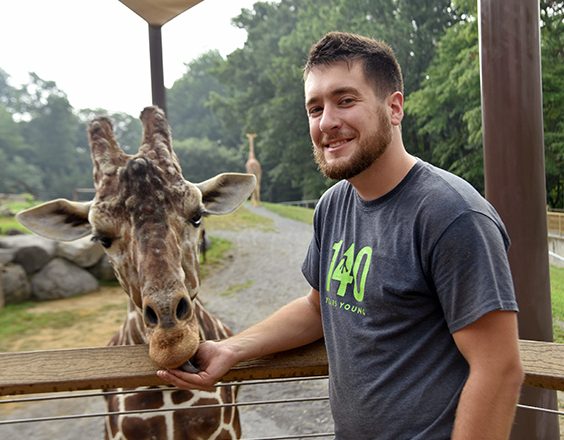
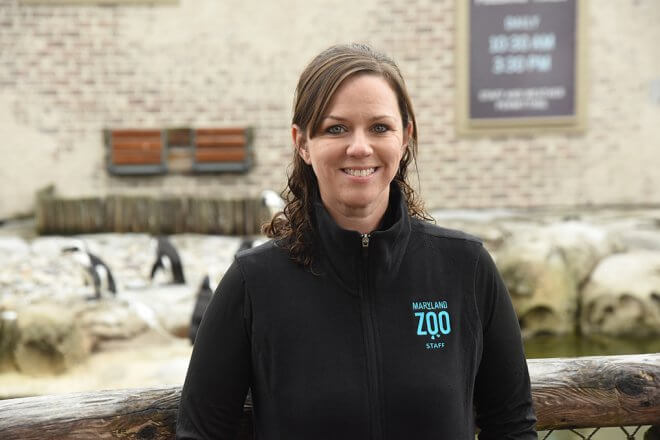
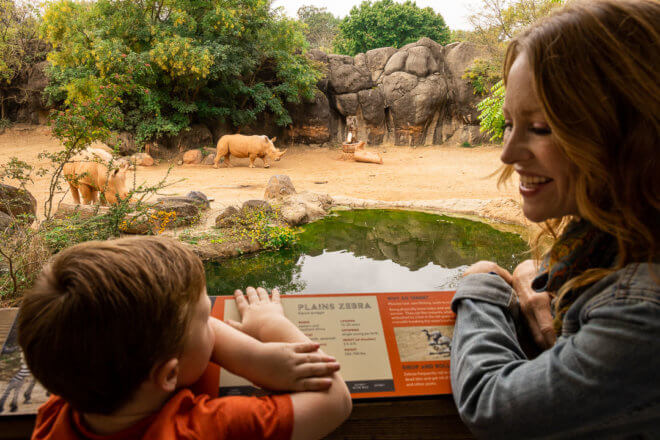
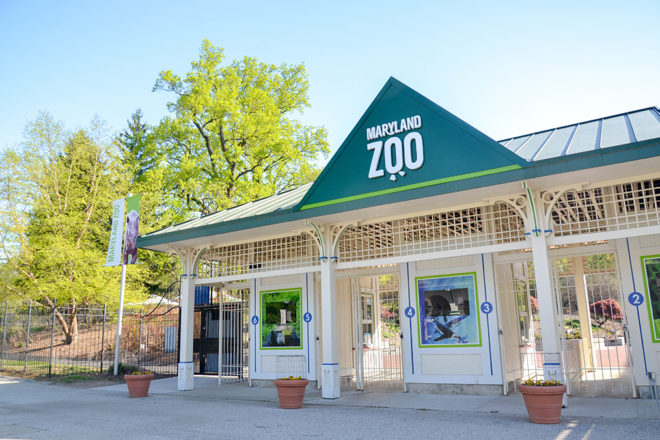
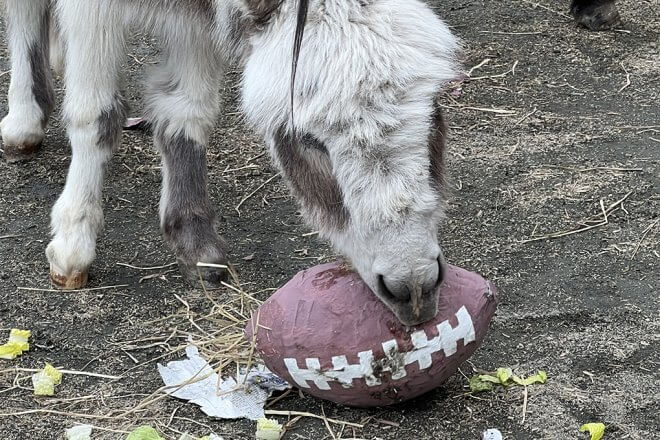
Share this article